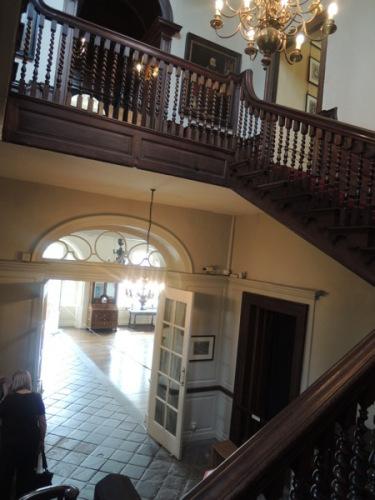
Although this blog is mostly London centric, that doesn’t mean that we don’t have some pretty amazing history stuff going on here in Bristol, albeit on a rather smaller scale. I’ve already written about Bristol Museum, SS Great Britain, Georgian House and M Shed on here and thought it was about time that I featured the Red Lodge, which is a must see for any history fans paying a visit to the city.
I probably should have written about the Red Lodge long before now, but had very personal reasons for not doing so – as VERY long term readers of this blog may recall, my mother in law took her own life five years ago and it was in the grounds of the Red Lodge that her body was eventually discovered. As you might expect, my husband and I weren’t exactly keen to visit after this but I finally decided last week that it was time to move on and go back and I’m glad that I did, not least because the lovely curator, Mark was on hand to put me at my ease and also chat about the fascinating history of the building.
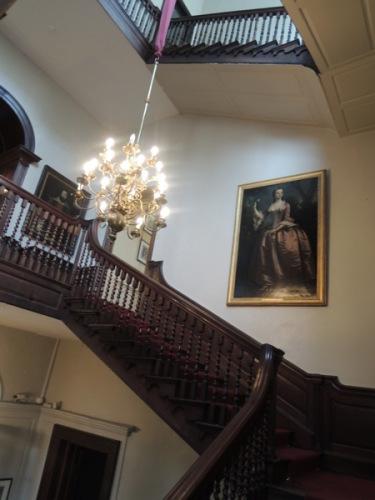

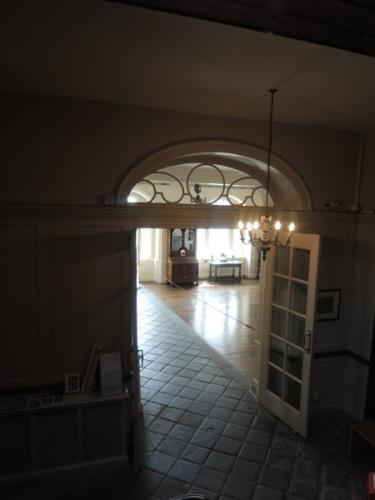
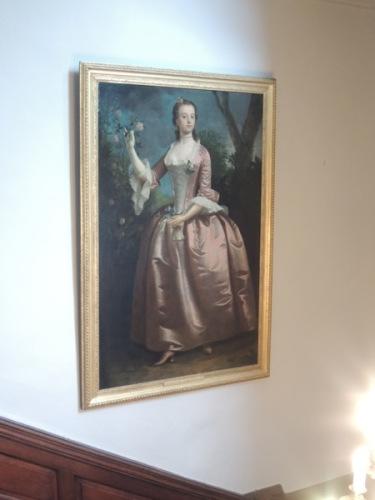
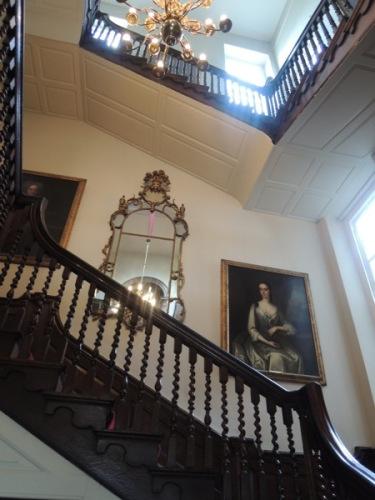
The Red Lodge was originally built in 1579 in the extensive grounds of The Great House, which was the Bristol residence of Sir John Young, an MP and former High Sheriff of Dorset, who intended the building to act as a pleasure pavilion for formal entertainments. However, he died less than ten years after the building was completed and the estate was inherited by his young son, who managed to squander the whole lot, as young gentlemen who come into money in their teens are wont to do. The whole estate ended up on the market and the Red Lodge was passed from hand to hand until in 1730 it finally ended up in the possession of the Henley family, who decided the convert the one time pleasure pavilion into a family home in the heart of Bristol, the expansive grounds that surrounded it in the sixteenth century having already been mostly swallowed up by the rapidly expanding city, which experienced a massive boom in the eighteenth century.
Although the Henleys extended the building and renovated much of the existing interior to make it lighter and more appealing to Georgian tastes, they still (luckily for us!) left some of the original panelling intact, creating an interesting and rather charming juxtaposition of the old and the new and inadvertently conserving what is now apparently the Great Oak Room, which is the last remaining complete Tudor room in the United Kingdom.

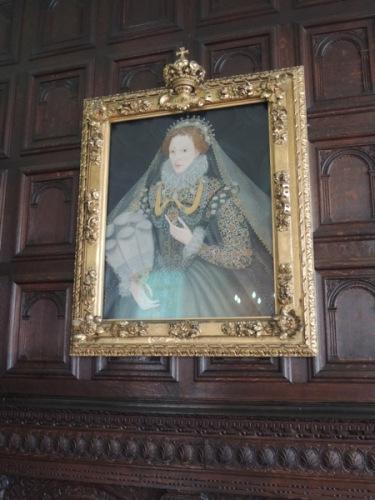
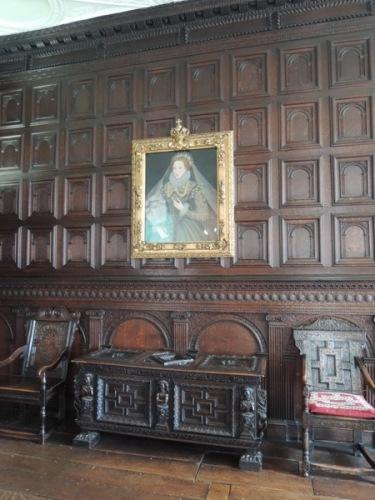
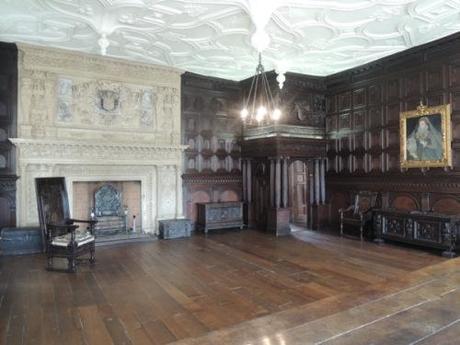
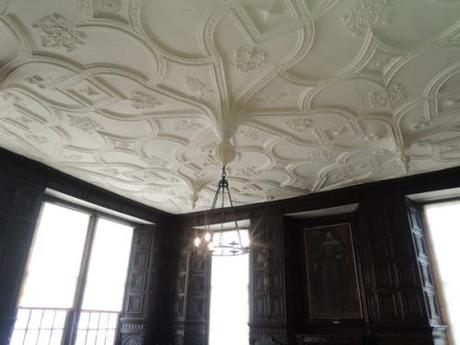


The Red Lodge’s intriguing history continued in the nineteenth century when it was first inhabited by doctors attached to the nearby hospital (who performed human dissections in the Great Oak Room, which must have been a pretty spooky spectacle!) and then, in 1854, acquired by Lady Byron, the notorious poet’s widow, in order to found a reform school for wayward Victorian girls with the well known social reformer Mary Carpenter, who believed that the poor would be better served by a liberal and nurturing regime than the stringent and austere horrors of the workhouse system.
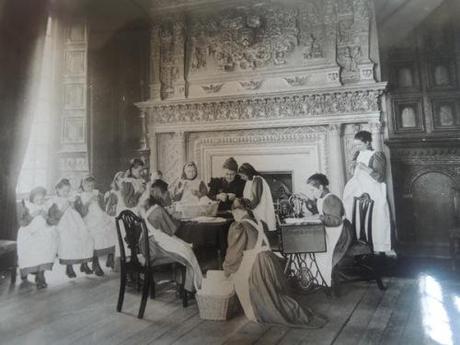
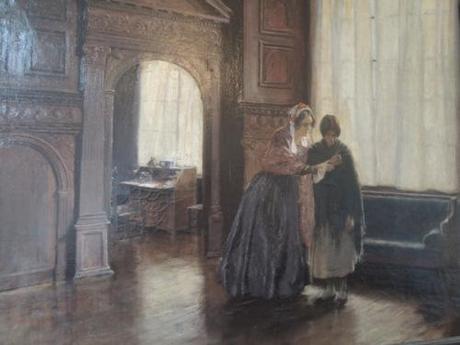
Although the records show that there were some real hoydens housed under the Red Lodge’s roof during its time as a reform school, it also had a remarkable success rate when it came to the ‘rehabilitation’ of its charges with Bristolian housekeepers soon making it their first port of call when they were on the hunt for new maid servants – which suggests that the Red Lodge girls made for well trained and trustworthy staff. However, despite the benign face that the school officially presented, a dark secret lurked in the cellars, which was fitted with cells intended to house the more unruly pupils. It’s not known for certain if they were ever used but their presence beneath the house is still an unnerving one.

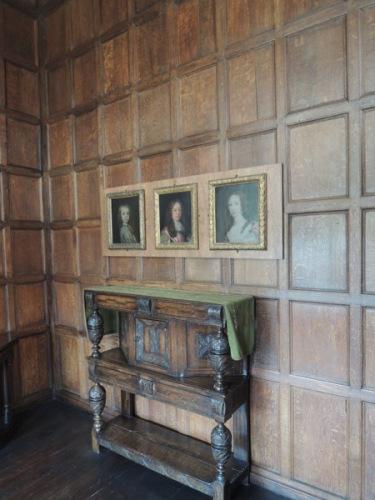

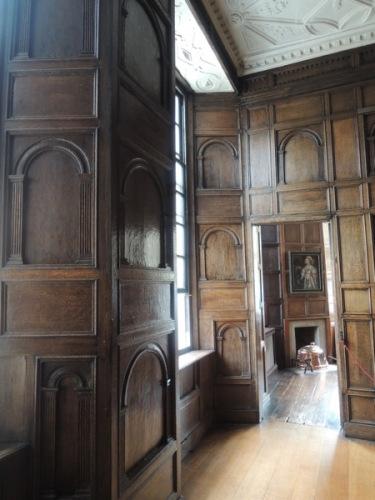

Nowadays, the Red Lodge falls under the aegis of Bristol Museum and is open to the public, presenting a unique glimpse at a Tudor pleasure pavilion and gracious, light filled Georgian family home. The curating here is very much hands off, leaving the visitor to walk freely through the rooms, starting with the gracious entrance hall and then the lovely wooden staircase that goes from the lower floor to the amazing Tudor rooms upstairs with their amazing panelling.
The Great Oak Room is particularly superb, with its internal porch door and wonderful fireplace. It also houses an original sixteenth century portrait of Elizabeth I, who watches the unwary modern visitor from beneath those famously heavily lidded eyes. As I visited on a very sunny day, the rooms were flooded with light from the large windows, which completely dispelled the gloom and reminded me that this was a house originally conceived for pleasure and fun.
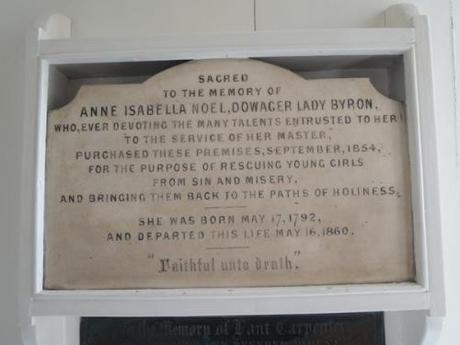

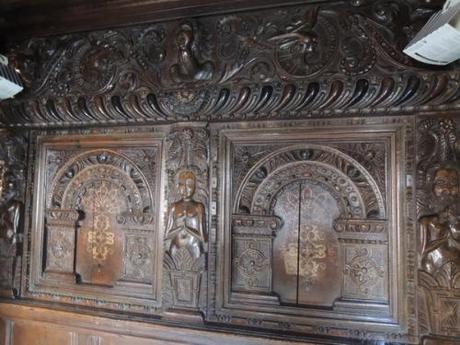
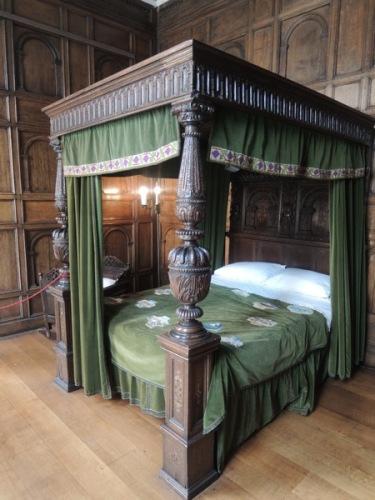
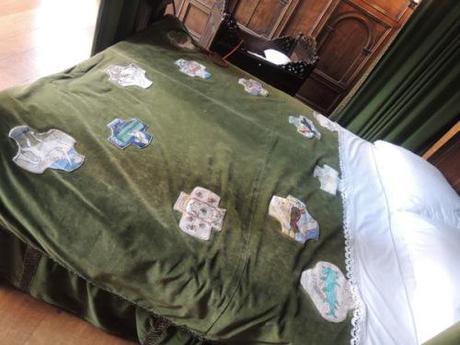
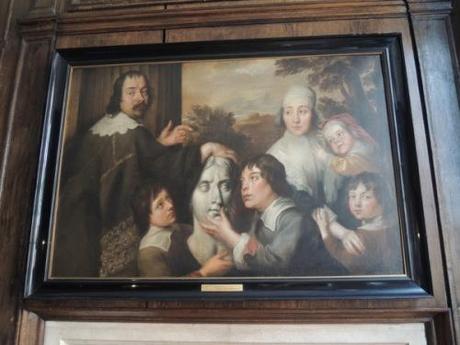
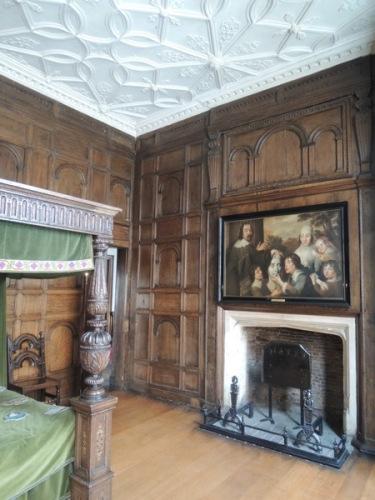
The downstairs reception room was equally as pleasant, being a large bright chamber with doors opening out on to the garden at the far end. This room was originally panelled like the ones above but was remodelled and extended in the eighteenth century to create a gracious reception room for well heeled evening soirées – one of the chief pleasures being the lovely view across the old fashioned knot garden which still exists today and which was carefully designed to be properly appreciated from above.
Although the paintings and furnishings inside the Red Lodge are relatively sparse, they are thoughtfully chosen and arranged to embellish the house and give it an almost cosy lived in feel while at the same time not detracting from its intrinsic architectural beauties such as the wonderful panelling or the decorative plaster work on the ceilings.
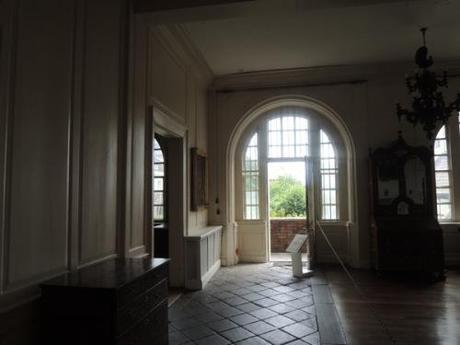
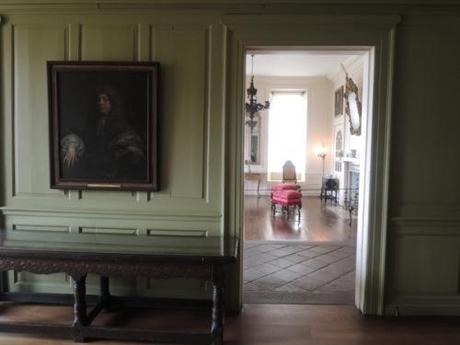
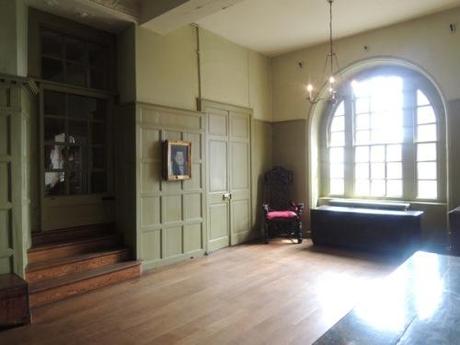
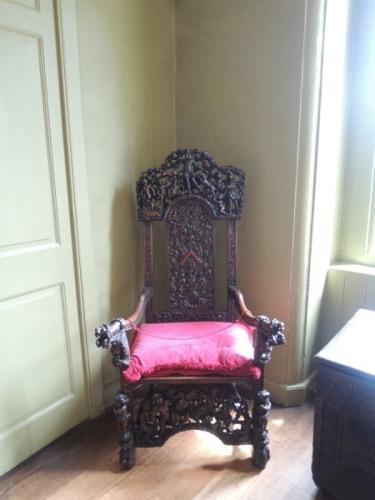
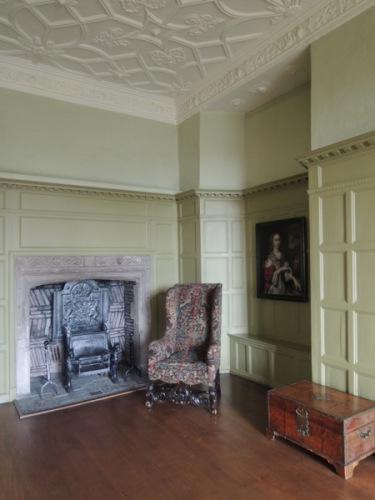
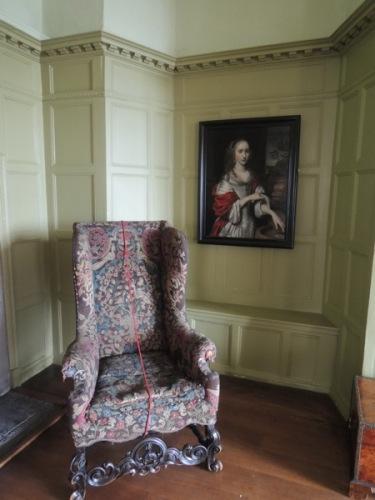
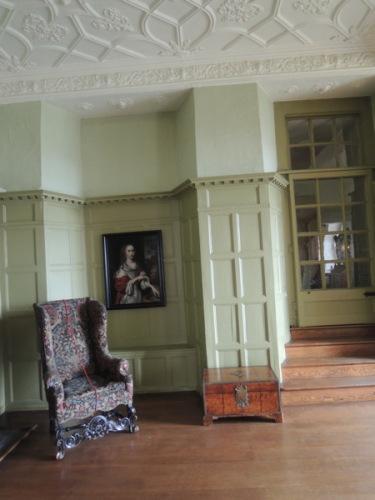
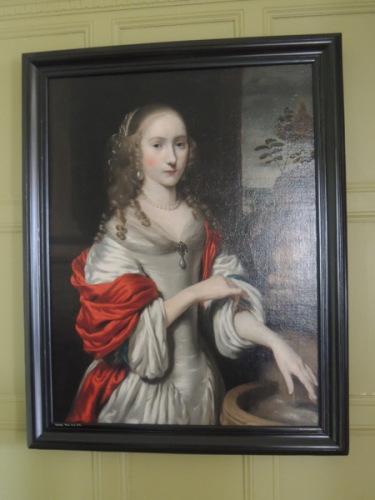
Perhaps the most amazing thing of all is the fact that the Red Lodge’s story is still evolving, with new discoveries and developments happening all the time, such as the mysterious well uncovered during the renovations to one of the rooms on the ground floor, which is being re-panelled with sixteenth century panelling rescued from another Bristol property.
I thoroughly enjoyed my visit to the Red Lodge, even though it was inevitably tinged with some sadness. All of that aside though, it’s an unexpected and wonderful historic gem in the center of Bristol and a definite must see for any visitors to our amazing city.

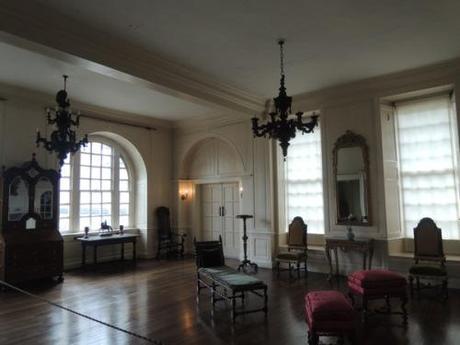
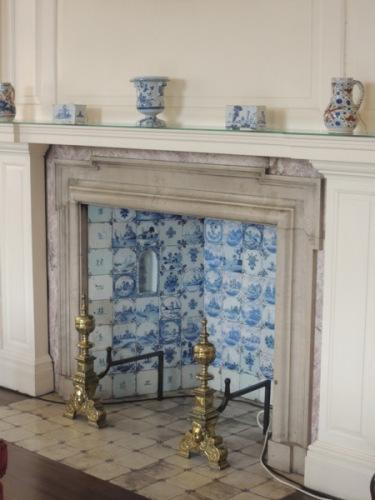
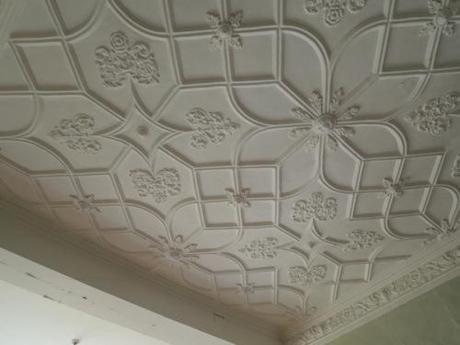
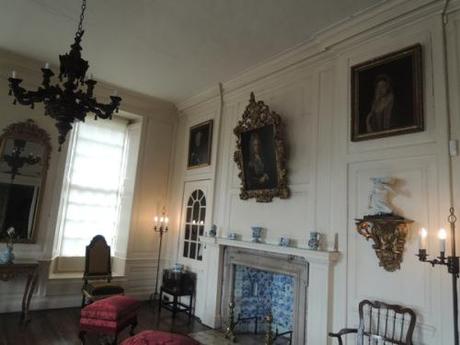
The Red Lodge is open from Tuesday to Sunday from 10.30am until 4pm.
******
Set against the infamous Jack the Ripper murders of autumn 1888 and based on the author’s own family history, From Whitechapel is a dark and sumptuous tale of bittersweet love, friendship, loss and redemption and is available NOW from Amazon UK and Amazon US.
‘Frothy, light hearted, gorgeous. The perfect summer read.’ Minette, my young adult novel of 17th century posh doom and intrigue is now 99p from Amazon UK and 99c from Amazon US. CHEAP AS CHIPS as we like to say in dear old Blighty.
Blood Sisters, my novel of posh doom and iniquity during the French Revolution is just a fiver (offer is UK only sorry!) right now! Just use the clicky box on my blog sidebar to order your copy!
Follow me on Instagram.
